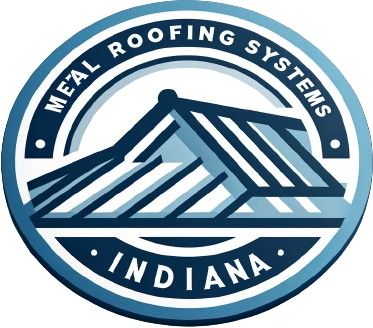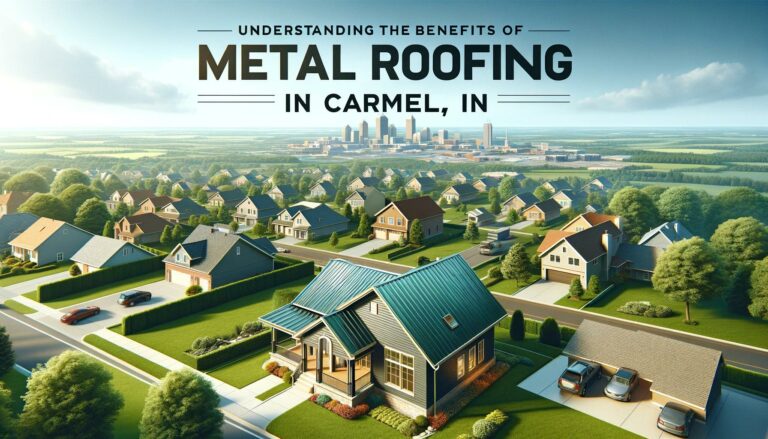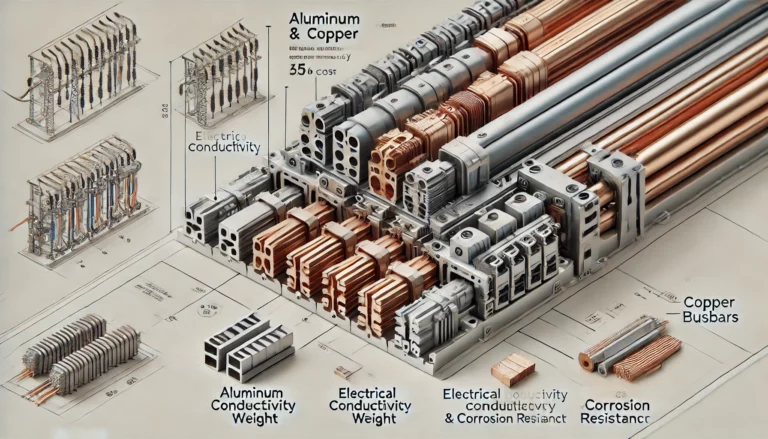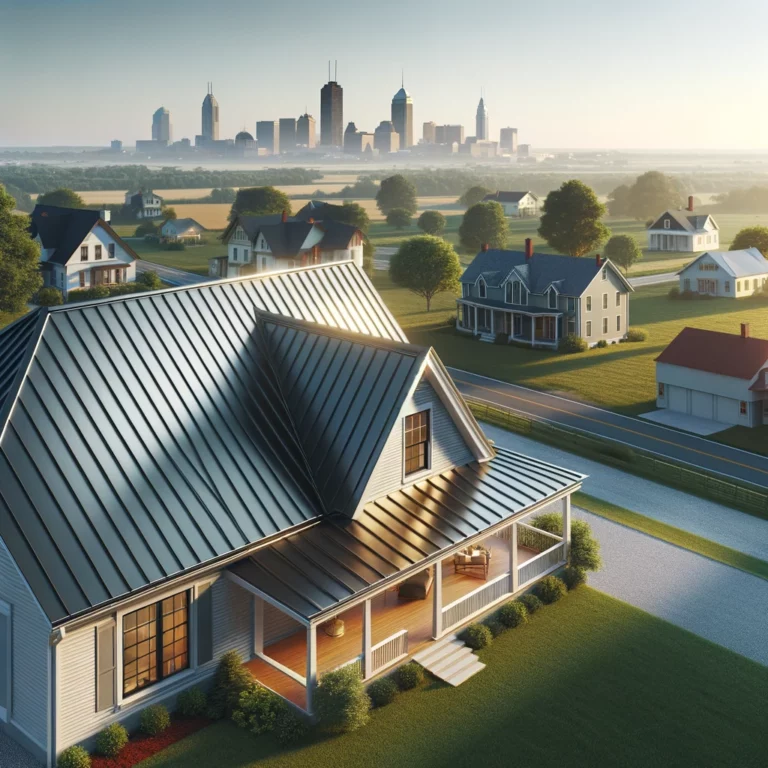Breaking Down the Cost of a Metal Roof: Materials and Labor
Key Takeaways
- Understanding the cost of a metal roof involves considering both materials and labor expenses.
- The material costs for metal roofs can vary depending on factors such as the type of metal and the quality of the materials.
- Labor costs for metal roofs can also vary depending on factors such as the complexity of the roof design and the location of the project.
- When calculating the full cost of a metal roof, it is important to factor in both the materials and labor expenses.
Understanding the Expense of a Metal Roof
Breaking down the cost of a metal roof involves considering the expenses related to both materials and labor. When it comes to materials, the retail pricing for metal roofing can vary based on factors such as the type of metal used (such as steel or copper), the style of roofing (such as field lock panels or standing seam metal roofs), and the colors and width options available. Additionally, the estimate for materials should also account for items like eave trim, drip edges, flashing, ridge trim, and valley flashing. It is important to factor in any waste overage and site conditions that may affect the quantity and cost of materials needed. On the labor side, decisions must be made regarding the installation crew, including their skill level, and any overhead expenses associated with the labor cost. There are also additional costs such as equipment, supplies, and cleanup that need to be factored in. By considering all of these factors, a comprehensive estimate can be prepared to calculate the full cost of a metal roof project.
What Constitutes the Cost of a Metal Roof?
Breaking Down the Cost of a Metal Roof: Materials and Labor
When it comes to understanding the cost of a metal roof, it’s essential to consider both the materials and labor involved. Metal roofing systems offer durability and a longer lifespan compared to traditional asphalt shingle roofs, which factors into the overall cost. According to data from HomeGuide and Vila, the price range for metal roofing materials is between roughly $4.50 and $17 per square foot. Meanwhile, the average cost of installation labor for a metal roof ranges from about $6.50 to $21 per square foot. These amounts can vary depending on factors such as the type of metal used, roof size, pitch, and the complexity of the project.
One of the main cost factors for a metal roof is the type of metal chosen for the roofing sheets. Different metals, such as aluminum and copper, come with varying price tags. According to Forbes, the average cost for aluminum roof material starts around $4.50 to $6.50 per square foot, while copper sheets can range from $16.14 to $21.80 per square foot. Additionally, the pitch angle of the roof can affect installation labor costs. Steeper pitches may require more equipment hire and expertise, contributing to higher contractor costs. Homeowners should also take into account other expenses such as chimneys, roof features, and the complexity of the roof area. By considering these factors, homeowners can get a better idea of the total cost of a metal roof installation.
Differences in Prices of Metal Roofs
When it comes to the differences in prices of metal roofs, it all boils down to the breakdown of costs that include both materials and labor. Breaking down the cost of a metal roof starts with the materials, which can range in price depending on the type of metal used. For example, aluminum roofs are more affordable compared to copper roofs, which are on the higher end of the price range. Other factors that contribute to the cost include the size of the roof, the style and features of the metal panels, and the installation process. While some homeowners may opt for a DIY metal roofing installation to save on labor costs, it is important to consider hiring professional roofing contractors to ensure the job is done safely and correctly.
The labor costs for metal roofs can vary significantly depending on many factors. Roof size, roof slope, and the complexity of the design or roof type can all affect the labor expenses. For example, roofs with steep slopes or multiple seams, chimneys, or skylights may require more time and skill to install, resulting in higher labor costs. Additionally, factors like safety measures, permits required by the county or state, and the location of the house can also influence the labor prices. It’s important to consult with roofing contractors and obtain detailed quotes that include both materials and labor to get a clear understanding of the total cost of a metal roof installation.
Dive into the Details: Material Costs for Metal Roofs
When it comes to material costs for metal roofs, it is important to understand the factors that contribute to the overall expenses. Breaking down the cost of a metal roof involves considering various elements such as waterproofing, integrity, weight, and attention to moisture concerns. Metal roofs are known for their sturdiness and ability to withstand temperature changes without popping noises. Additionally, the sturdy attachment of metal roofing materials can span a longer surface area, reducing installation standards. However, it is essential to note that metal roofs may have some disadvantages, including the fact that they can be noisy during storms and may experience corrosion, scratches, and nicks. Despite these drawbacks, metal roofs offer advantages such as longevity, durability, and resistance to pest damage. Ultimately, calculating the material costs for a metal roof involves obtaining quotes from contractors and considering the factors mentioned above.
 Photo by Blaz Erzetic on Pexels
Photo by Blaz Erzetic on Pexels
Types of Metals and Their Impact on Price
Breaking Down the Cost of a Metal Roof: Materials and Labor is essential in understanding the factors that contribute to the overall expense. When it comes to the types of metals used for roofing, the pricing can vary significantly. Copper, known for its durability and longevity, can cost between roughly $6.50 and $21 per square foot, while aluminum, another popular choice, averages around $11,000 for a full roof installation. Zinc metal roofing falls in the range of $391 to $3,098 per square, depending on the specific type and quality. Steel, being one of the most widely used metals for roofing, can range from $16.14 to $21.80 per square foot. These cost numbers indicate the importance of selecting the right metal type for your project to ensure both quality and affordability.
When it comes to pricing, the choice of metal can also impact the curb appeal of your home. The patina that develops over time on copper roofs adds a unique and attractive look, while standing seam metal roofs offer a sleek and modern appearance. Additionally, the lifetime material warranty that often comes with metal roofs adds value and peace of mind for homeowners. Ultimately, the decision on metal type should take into account both the aesthetic preference and the long-term cost considerations.
Coatings and Finishes: An AddOn for Metal Roof Expenses
When it comes to the cost of a metal roof, coatings and finishes play a significant role. The materials and labor involved already contribute to the overall expense of a metal roof. However, adding coatings and finishes as an additional step can further increase the cost. Coatings and finishes are essential for protecting the metal roof from damage, corrosion, and the elements. Different types of coatings and finishes have varying price points, which can impact the overall cost of the project. Factors such as the size of the roof, the type of metal used, and the desired durability and aesthetic qualities all influence the cost of coatings and finishes.
Coatings and finishes for metal roofs can vary in price based on several factors. The type of metal used for the roof, such as aluminum, copper, or stainless steel, can affect the cost. Additionally, the thickness of the metal and the size of the roof can also impact the price of coatings and finishes. The complexity of the roof, including angles, slopes, and roof penetrations, can further contribute to the cost. Furthermore, the availability and popularity of certain coatings and finishes in the market can influence the price. It is essential to consider these factors when determining the cost of coatings and finishes for a metal roof to ensure that the final bill aligns with your budget.
Shedding Light on the Labor Costs for Metal Roofs
When it comes to shedding light on the labor costs for metal roofs, it is essential to break down the cost of materials and labor. The installation of a metal roof involves a lot more than simply fastening metal roof panels to the roof deck. Roofing contractors have to deal with a range of factors, such as the size and shape of the roof, the type of metal roofing material chosen, the number of roof vents and chimneys, and the complexity of the roof slopes and edges. Additionally, the installation process may require the use of lock strips, trim, and capping to ensure the proper fit and protection of the metal roof panels. The labor fees for metal roof installation can vary significantly depending on these factors and can range from $4.50 to $21 per square foot. Therefore, homeowners should carefully consider the various aspects that can impact the labor costs before finalizing their budget for a metal roof installation.
 Photo by Ksenia Chernaya on Pexels
Photo by Ksenia Chernaya on Pexels
Skill Level of the Installation Team: A Price Determinant
When it comes to the skill level of the installation team, it can have a significant impact on the price of a metal roof. The expertise and experience of the roofers can ensure a smooth and efficient installation process, but it also comes at a cost. Roofing companies with highly skilled professionals tend to charge higher labor costs due to the level of expertise they bring to the table. This is especially important for complex roof designs or specialty roofing options like standing seam or zinc roof installations. While hiring skilled professionals may increase the overall installation cost, it provides the benefit of knowing that the roof is being installed correctly and will last for years to come.
In addition to the skill level of the installation team, the cost of labor for metal roof installations can also be influenced by other factors. One such factor is the cost of living in the area where the roofing project is taking place. In regions with a higher cost of living, labor costs may be higher compared to areas with a lower cost of living. Furthermore, the complexity of the roof design can impact the labor costs. More intricate roofing styles, such as standing seam or metal shingles, may require more time and skill to install, thus increasing the labor costs. Additionally, the roof’s slope and pitch can affect the amount of time and effort required for installation.
Overhead Expenses: An Integral Part of Labor Cost
Breaking Down the Cost of a Metal Roof: Materials and Labor
When considering the cost of a metal roof, it’s important to understand that overhead expenses are an integral part of the overall labor cost. These expenses include everything from equipment and tools to safety training and insurance. Roof installers in cities like New York or Los Angeles, where building codes and safety standards are strict, may have higher overhead expenses compared to installers in smaller towns. Additionally, the severity and complexity of the project, such as roof geometry and incline, can also impact the overhead expenses. Safety precautions, such as the use of safety equipment and following safety guidelines, are a top priority for installers to prevent injury and ensure the integrity of the installation.
The labor cost for a metal roof installation project can vary depending on several factors. The skill level and experience of the installation crew, as well as the project specifications and requirements, will play a role in determining the labor cost. In general, labor costs for a metal roof installation range from $4.50 to $6.50 per square foot. However, this is just a rough estimate, and the actual cost can be higher or lower depending on the complexity of the project and the location. It’s important to obtain multiple quotes from reputable roof installers to get a better understanding of the labor cost for your specific project.
Calculating the Full Cost: Bringing Together Materials and Labor
Breaking Down the Cost of a Metal Roof: Materials and Labor is an essential step in calculating the full cost of a metal roof for your home. Many factors come into play when determining the cost of a metal roof. The type of metal used, such as steel, aluminum, or tin, will affect the price, as well as any additional coatings or finishes. The size and shape of your roof, along with any special design features, can also impact the cost. Additionally, labor costs play a significant role in the overall expenses. The skill level of the installation team, as well as any overhead expenses, will contribute to the final price. By considering all these factors, you can get a clear understanding of the total investment required for your metal roofing project.
Factors that Inflate the Total Cost
Breaking Down the Cost of a Metal Roof: Materials and Labor
When estimating the cost of a metal roof, several factors can significantly affect the price range. One of the primary cost factors is the type of metal used for the roof. Popular options such as stainless steel, zinc, aluminum, and copper come at varying prices due to differences in durability, energy efficiency, and aesthetic appeal. For example, copper roofing tiles are known for their longevity and unique look, but they come with a higher price tag compared to other metals. Additionally, factors like the roof type, size, and design, as well as the difficulty of installation and the need for additional materials like fasteners and coatings, can all impact the overall cost of the project.
To get a more accurate quote for your metal roof installation, it is essential to do thorough research and consider various cost factors. The Metal Roofing Alliance (MRA) provides a comprehensive metal roofing cost guide with data from industry sources. This guide takes into account the type of metal, the size of your roof, and your location to calculate an estimated price range. You can also use online roofing calculators that allow you to input your specific measurements and zip code to get a more tailored estimate. Keep in mind that additional costs for customization, such as paint colors or special panel designs, may also impact the total cost of your metal roof.
CostSaving Tips for Metal Roof Installation
When it comes to cost-saving tips for metal roof installation, one of the key aspects to consider is breaking down the cost of a metal roof into materials and labor. By understanding the different components that contribute to the overall expense, homeowners can make informed decisions and potentially save money. For materials, options such as panel type, fasteners, coatings, and finishes can impact the price. Additionally, factors like curb appeal, design appeal, and weather treatments should be taken into account. On the labor side, factors such as skill level, overhead expenses, and location areas can influence the cost. By thoroughly analyzing these factors, homeowners can find ways to reduce their metal roof installation expenses.
Another important tip for cost-saving when installing a metal roof is to choose the right materials based on one’s budget and desired durability. Different types of metals, such as tin alloy and galvalume, offer varying levels of strength and longevity. Coatings, such as PVDF and SMP, provide added protection against weathering, oxidation, and UV rays. It is also essential to consider the underlayment, fastening systems, and roof pitch to ensure proper installation and maximize the lifespan of the metal roof. By selecting the appropriate materials based on cost-effectiveness and desired performance, homeowners can achieve long-term savings on energy bills, maintenance, and potential repairs or roof replacements.
Conclusion
Breaking Down the Cost of a Metal Roof: Materials and Labor
When it comes to understanding the expense of a metal roof, it’s crucial to consider the breakdown of costs between materials and labor. The cost of materials for a metal roof can vary depending on the type of metal used and any additional coatings or finishes. Different metals, such as steel or aluminum, can have different price points, with steel generally being more affordable. Coatings and finishes, such as PVDF or SMP, can add to the overall cost but also provide benefits like increased durability and resistance to fading or chalking. Labor costs can also fluctuate based on factors such as the skill level of the installation team and overhead expenses. It’s important to factor in both materials and labor when calculating the full cost of a metal roof. Considering these factors can help homeowners make informed decisions about metal roof installations and understand the expenses involved.
FAQS
What factors contribute to the cost of a metal roof?
The cost of a metal roof is determined by various factors, including the type of metal used, coatings and finishes, labor expenses, and overhead costs.
How do different types of metals impact the price of a metal roof?
The price of a metal roof can vary depending on the type of metal used. For example, copper and zinc roofs tend to be more expensive than steel or aluminum roofs.
What are coatings and finishes, and how do they affect the cost of a metal roof?
Coatings and finishes are protective layers applied to metal roofs to enhance their durability and aesthetics. These additional features can increase the cost of a metal roof.
What determines the labor costs for installing a metal roof?
The skill level of the installation team and the complexity of the project are the main factors that determine the labor costs for installing a metal roof.
What are some overhead expenses associated with metal roof installation?
Overhead expenses, such as insurance, transportation, and equipment costs, are part of the labor cost for installing a metal roof.
How can I calculate the full cost of installing a metal roof?
To calculate the full cost, you need to add the material costs and labor costs together. This will give you a comprehensive estimate of the total expense.
What are some factors that can inflate the total cost of a metal roof?
Factors that can increase the total cost include complex roof designs, the need for specialized equipment, and the location of the project.
Are there any cost-saving tips for installing a metal roof?
Yes, some cost-saving tips include obtaining multiple quotes from different contractors, considering less expensive metal options, and scheduling the installation during the off-season.
Is it worth investing in a metal roof considering the cost?
While a metal roof may have a higher upfront cost compared to other roofing materials, it can provide long-term savings due to its durability, energy efficiency, and low maintenance requirements.
What is the conclusion regarding the cost of a metal roof?
The cost of a metal roof can vary depending on several factors, but it is important to consider the long-term benefits and savings it can provide. Proper research and planning can help homeowners make an informed decision about investing in a metal roof.





